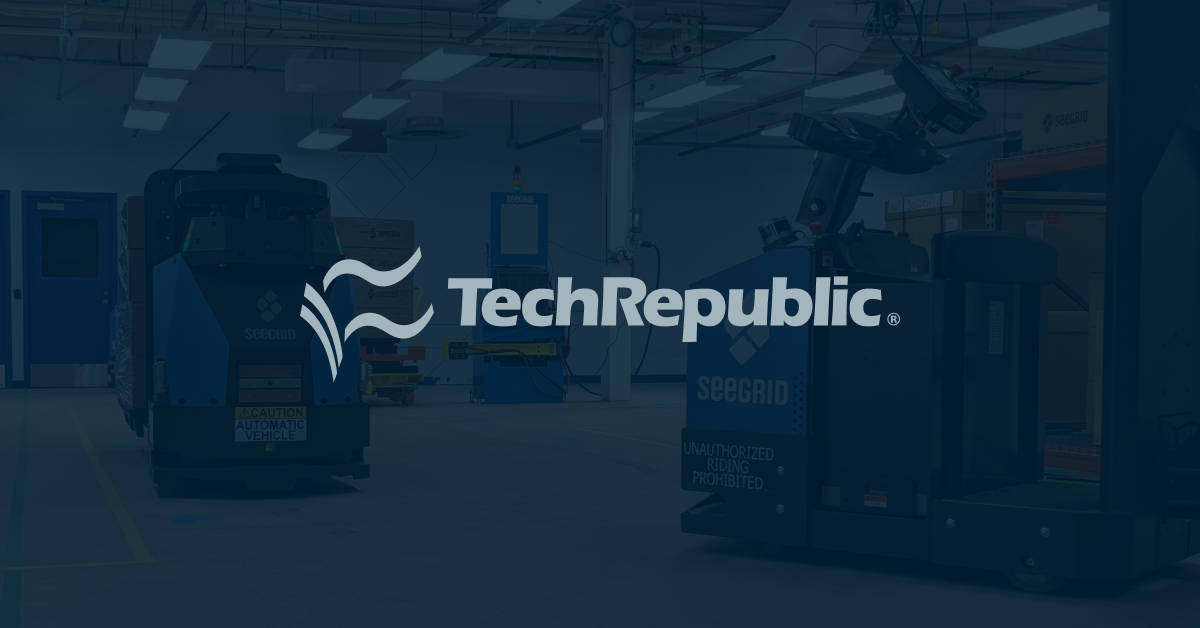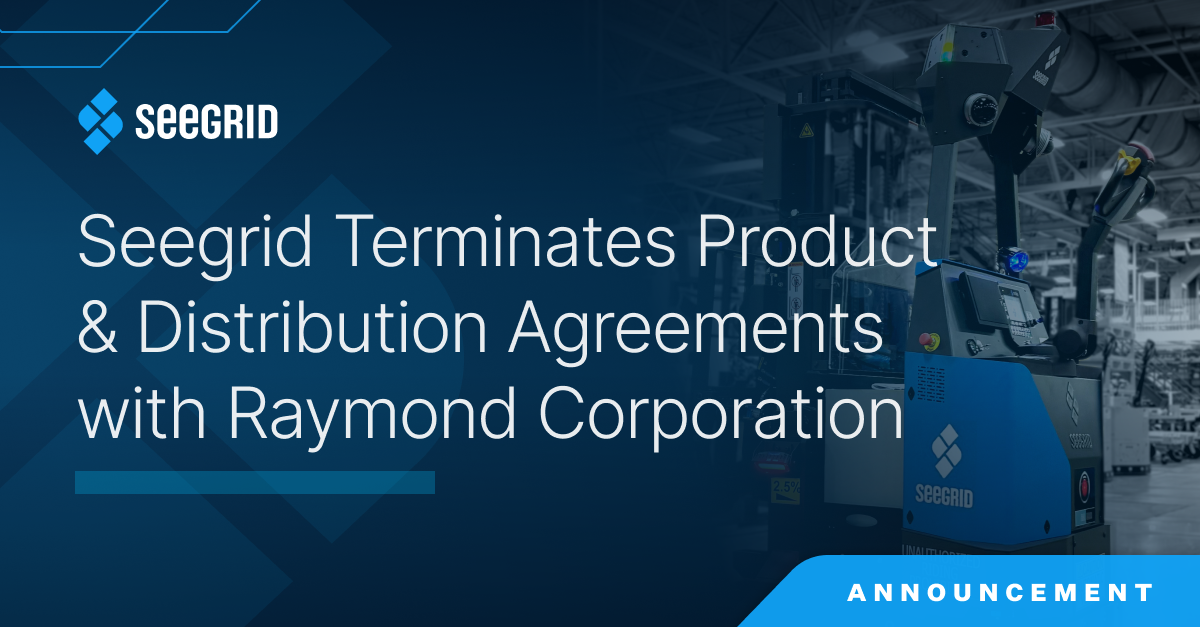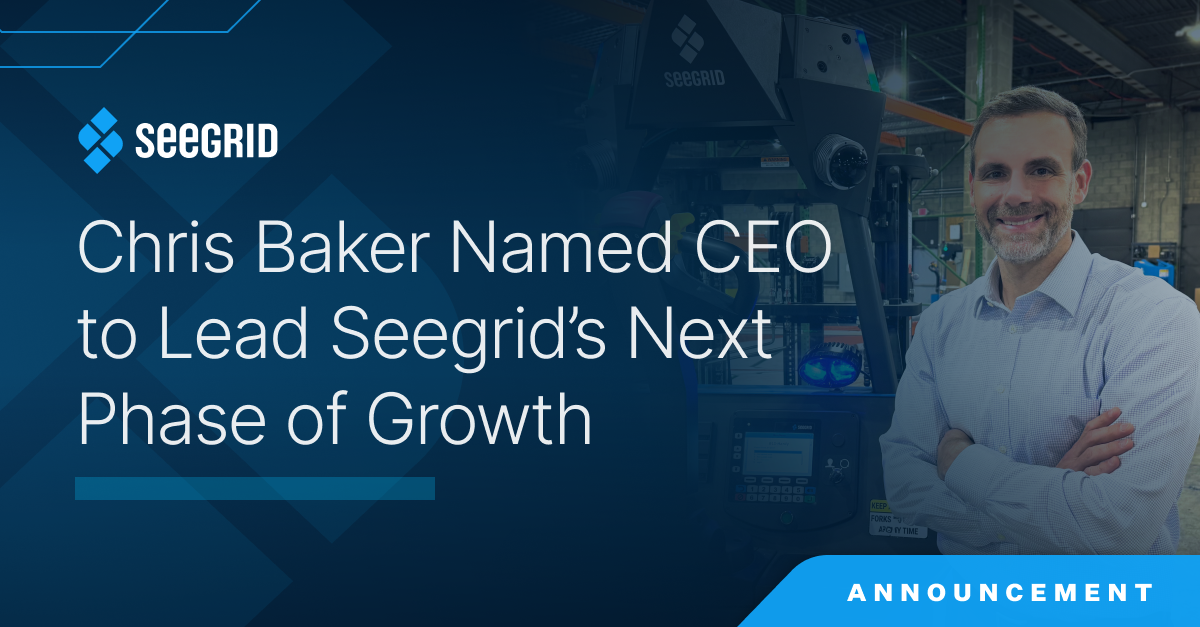Two-thirds of Americans (65%) expect that robots and computers will "definitely" or "probably" perform jobs that are currently done by humans, according to a study by Monster.com. There is understandable trepidation.
But a more significant issue arising in organizations as they adopt robotics, artificial intelligence and automation is change. Do companies have the will to change when change can affect existing business flows that have worked for years or even decades?
"Many companies do subscribe to the saying, 'If it's not broken, don't fix it,'" said Jim Rock, CEO at Seegrid, a developer of mobile robots and software for material handling in manufacturing and distribution. "The fear of change and newer technology is often a main driver in hesitancy to adopt tools that could make processes faster, safer, and more efficient."
Nevertheless, to keep pace with customer demands and offset a decreasing labor pool, companies are realizing that continuing to operate as they have isn't sustainable. The disruptions of the past 18 months, brought on by the COVID-19 pandemic, have exposed those vulnerabilities and brought the need for automation to the forefront.
Companies are also less reluctant about adopting automation, AI, and robotics than they used to be. They know now that they can go to RaaS (robots-as-a-service) vendors that have the on-staff expertise and that will only charge them for service on a subscription basis. Because of this, companies can operationalize automation and robotics in their budgets instead of having to incur enormous upfront capital expenses that they have to amortize over years.
Being able to operationalize automation and robotics costs takes much of the risk out of budgeting. The other budget selling point is the compelling ROI that CFOs like to see.
But what about these workers and their own anxieties about automation, robotics, and job loss? In this area, IT and the end business can take proactive steps to ease anxiety and obtain employee buy-in. Read the full article to discover the three steps to overcoming the human concerns about automation, AI, and robotics.







